
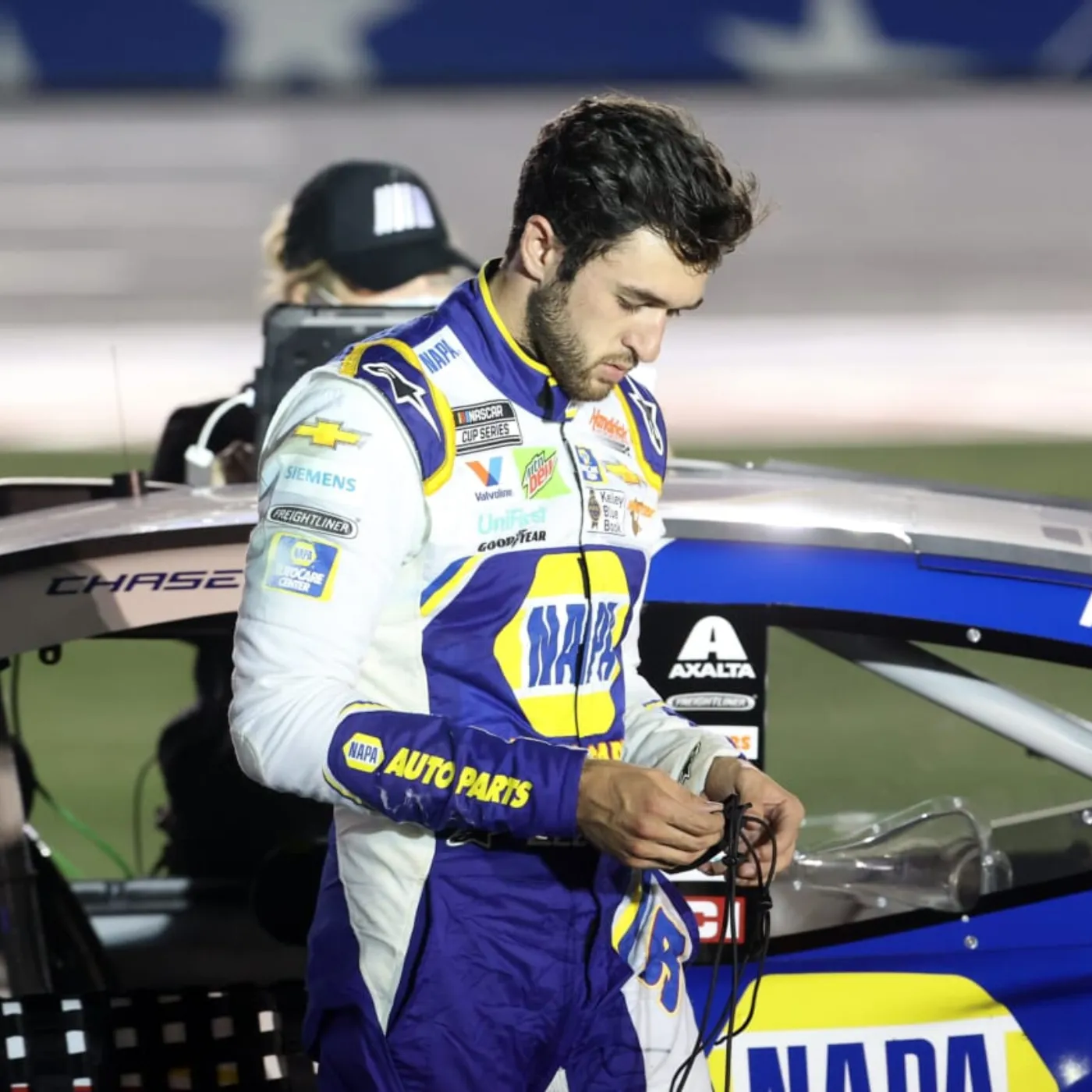
“This Almost Broke Me”—Chase Elliott’s Brutal Year Without Victory Finally Explained
The roar of the crowd. The scream of the engines. The pressure of legacy. For most NASCAR drivers, these are the building blocks of motivation. But for Chase Elliott, they became something far heavier—they became a burden. A burden so relentless, so emotionally brutal, that he recently admitted in a whisper that stunned his fans and peers alike: “This almost broke me.”
This is not just another story about a losing streak. This is a story of silence, of struggle, of identity unraveling in real-time under the blinding lights of the NASCAR world. For the first time, we now have a glimpse into what really happened to Chase Elliott during the most trying season of his career — and the truth is far more personal than anyone expected.
The Season That Was Never Supposed to Happen
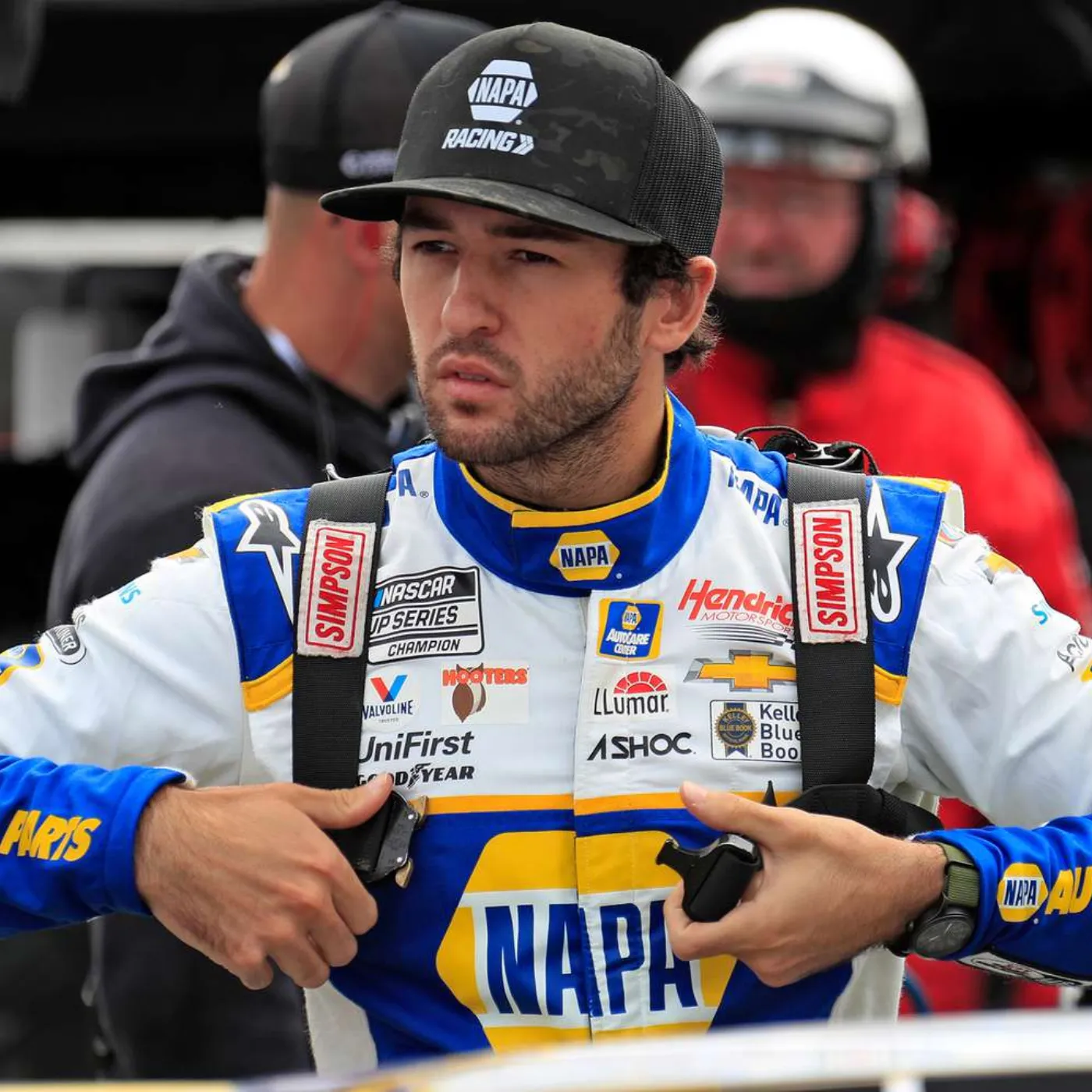
Going into 2023, expectations for Chase Elliott couldn’t have been higher. He was the face of Hendrick Motorsports, a former Cup Series Champion, and one of the most popular drivers on the grid. With a strong team and a loyal fan base, most insiders predicted he would be a title contender from the very first green flag.
But destiny had other plans.
What started with a snowboarding accident in Colorado quickly spiraled into a nightmare scenario. A fractured tibia kept Elliott out of action for six full races — nearly a quarter of the season — and that absence disrupted his momentum in ways no one could have foreseen. Though he returned determined to fight, it soon became clear that this year would be unlike anything he had experienced before.
Missing races wasn’t the true pain. The true pain came in the form of what he missed while watching others take his place — the rhythm, the confidence, the spark that fuels a champion. And when he came back, the sport had subtly changed around him — the cars were faster, the field was tighter, and Elliott was no longer the man to beat.
That reality hit harder than any crash ever could.
Something Was Off — But No One Knew What
To the untrained eye, Chase Elliott’s return seemed respectable. He was consistent, professional, and even managed to post some top-ten finishes. But something was off. The aggression wasn’t there. The late-race fire that had once defined him seemed dimmed. He was racing, but he wasn’t competing.
The media asked questions, and Elliott gave standard answers. “We’re figuring things out.” “Just need to clean up some things.” But behind the scenes, the truth was far more complicated — and darker.
In a rare candid interview months later, Elliott finally pulled back the curtain: “I felt like I lost a part of myself. I started questioning if I even belonged out there anymore.”
That wasn’t about a car setup. That was a cry from someone struggling with self-doubt on a scale he’d never faced before.
The accident had sidelined him physically. But what it did to his mindset — the sense of distance from his team, the fear of irrelevance, the creeping thought that he might never win again — that’s what nearly broke him.
The Loneliness of Being a Hero
For a man who had grown up in the shadow of greatness — the son of NASCAR legend Bill Elliott — Chase always carried more than just the weight of the steering wheel. He carried the weight of legacy, and for a long time, it seemed he was fulfilling that promise.
But when the wins stopped and the headlines turned from praise to questions, Elliott found himself in a place he had never been before: alone.
He described nights staring at the ceiling, wondering if the fans still believed in him. He admitted watching replays of old races just to remember what winning felt like. Worst of all, he said he began questioning whether his success had ever been real — or just luck.
The silence that followed each race began to grow heavier. The high-fives felt emptier. The adrenaline turned to anxiety. And while the world cheered louder for rising stars like Ryan Blaney or Ross Chastain, Elliott quietly slipped further from the spotlight.
For a sport obsessed with momentum, his lack of it felt like a death sentence.
The Moment Everything Nearly Ended
One race — Elliott won’t say which — nearly became his last. A poor finish. A mistake on pit road. A final lap that made no difference. When the race ended, he walked straight past the media, removed his helmet, and sat alone in the hauler for over an hour.
Later, he admitted, “I thought about walking away. Just disappearing for a while. I didn’t know if I could keep pretending everything was fine.”
This wasn’t a tantrum. It was a fracture — a crack in the armor of a man who had always been seen as one of NASCAR’s toughest. And for the first time in his career, Chase Elliott faced the question that every great athlete dreads:
What if this is the beginning of the end?
The Road Back — And What Comes Next
But something changed. Not instantly. Not dramatically. But race by race, Elliott began to fight again. There were no victories, no magic turnarounds. But the fire came back — the sharpness in his communication with his team, the intensity in his eyes during driver intros, the refusal to back down during risky restarts.
He started training harder. Spending longer hours reviewing data. Reconnecting with his team, not just as a driver but as a leader. And slowly, the narrative began to shift.
He wasn’t the untouchable prodigy anymore. But maybe that wasn’t such a bad thing. Maybe the real Chase Elliott was something else entirely — someone stronger, grittier, more human.
As the new season looms, Elliott is no longer pretending. His fans don’t just cheer for his speed. They cheer because he’s real. Because he broke — and then came back.
Why This Season Might Be the Most Important of Chase Elliott’s Career
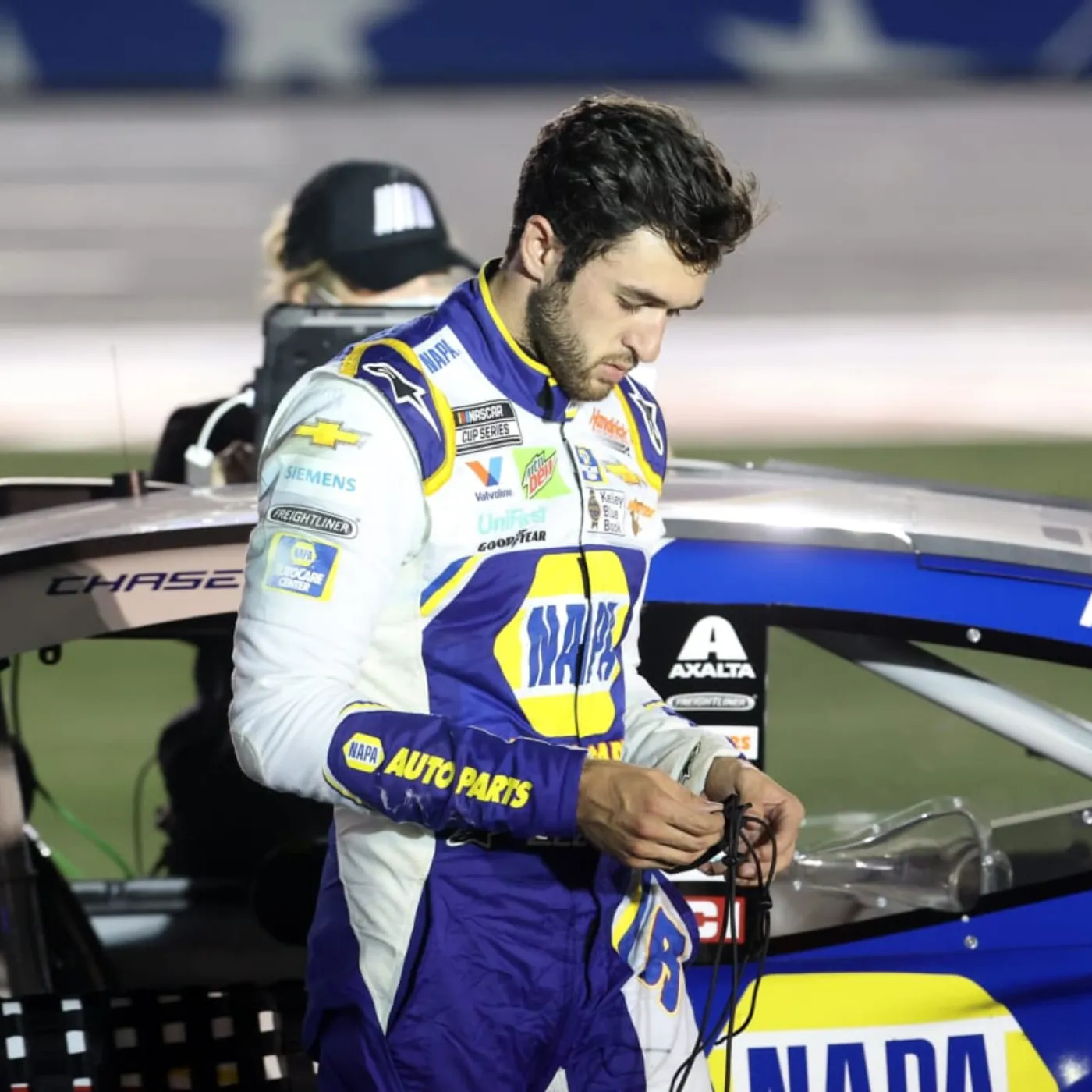
Chase Elliott’s brutal, winless year wasn’t a failure. It was a rebirth. A moment when the mask dropped and the world saw not just a driver — but a man battling doubt, pressure, and the ghost of greatness.
He didn’t give up. He didn’t disappear. And that might be the most powerful message he’s ever sent to NASCAR fans.
Because the next time he wins — and he will — it won’t be just a race. It will be a victory over everything that tried to break him.
And this time, the world will be watching with more than just admiration.
They’ll be watching with respect.

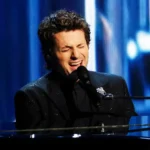







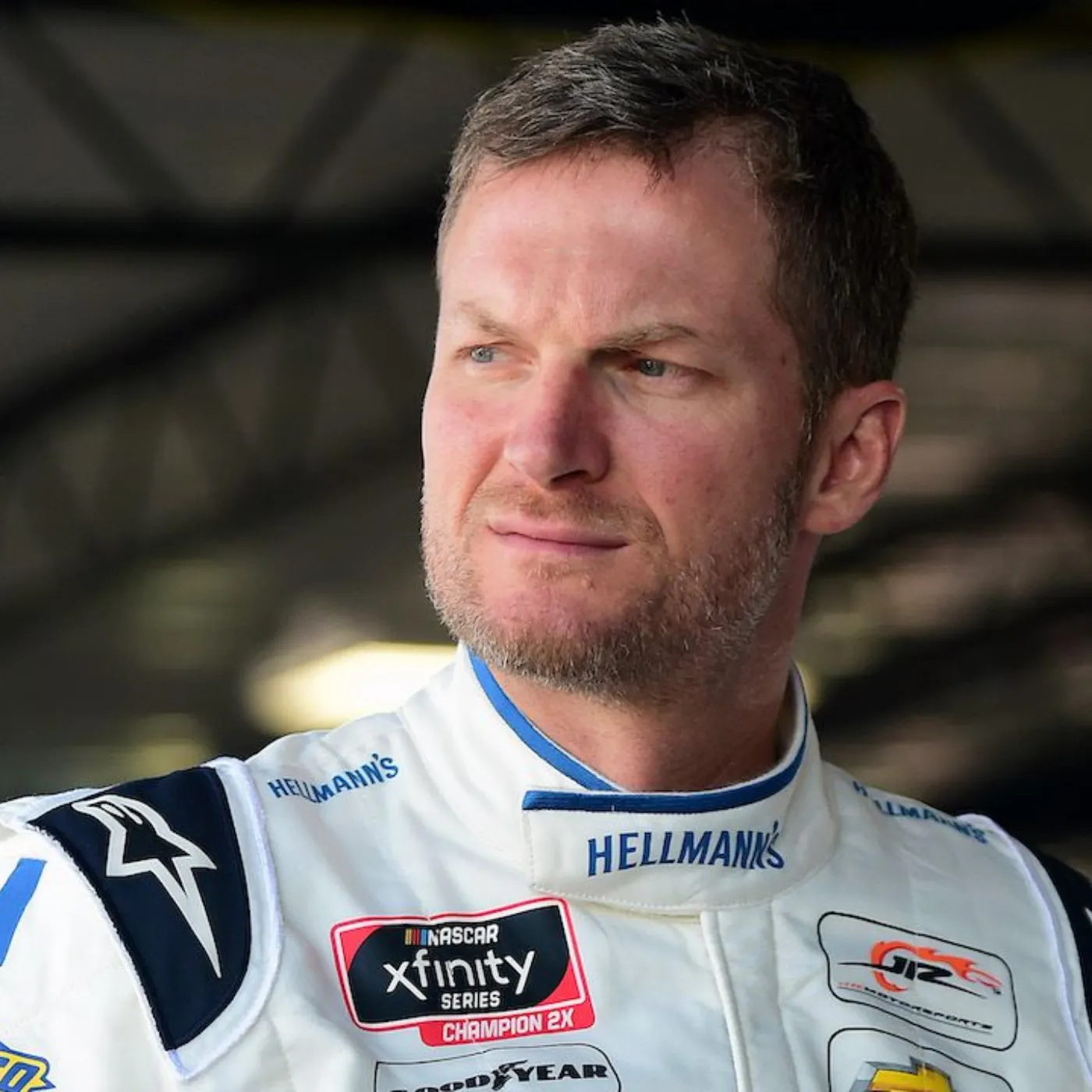
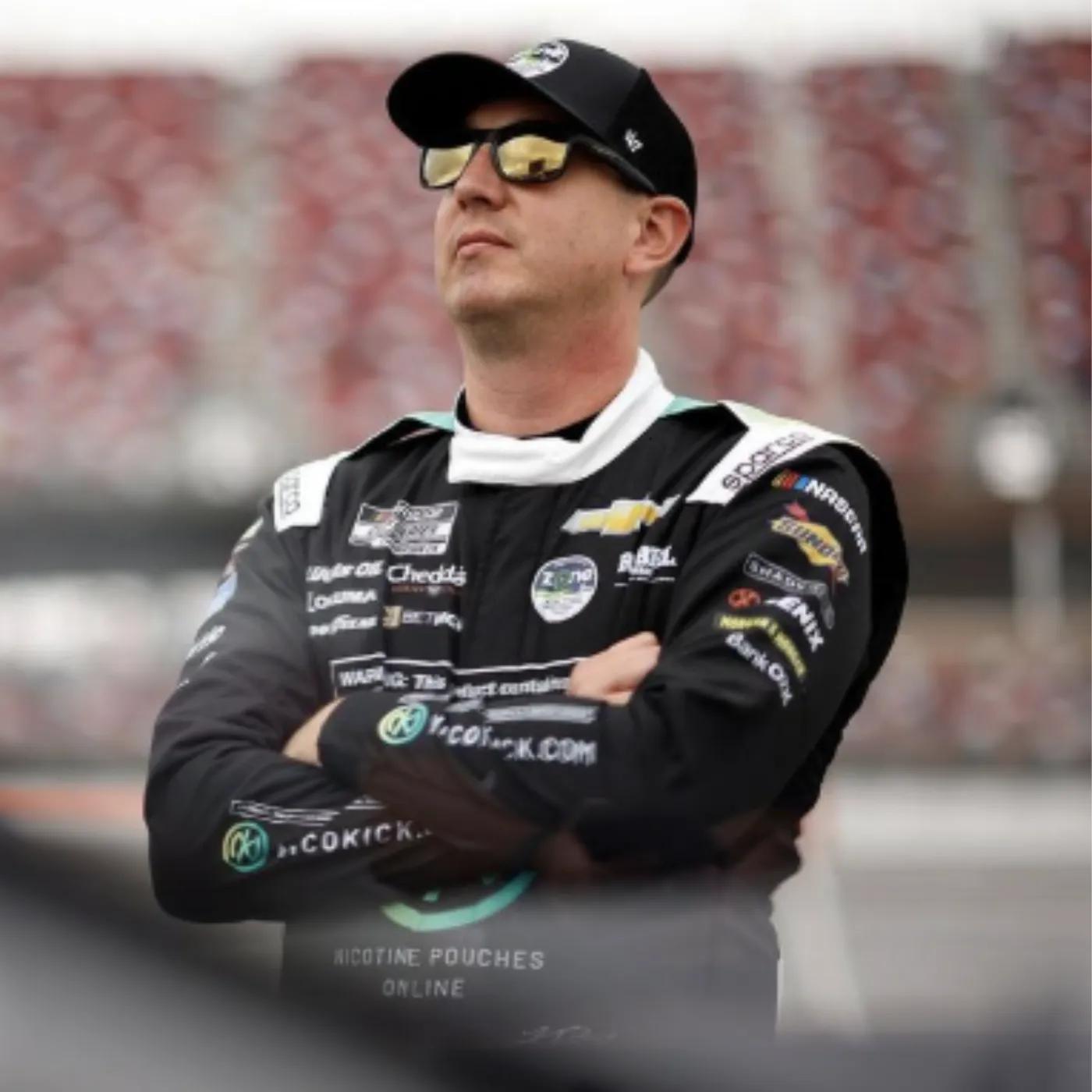
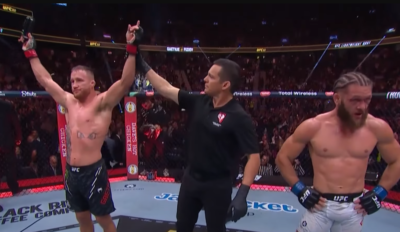
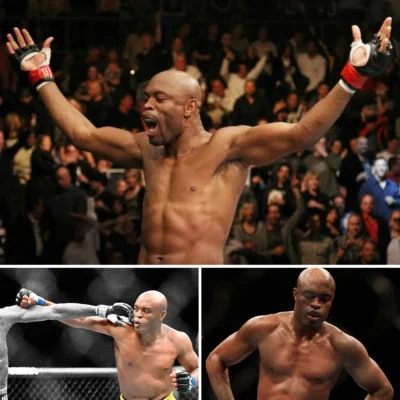

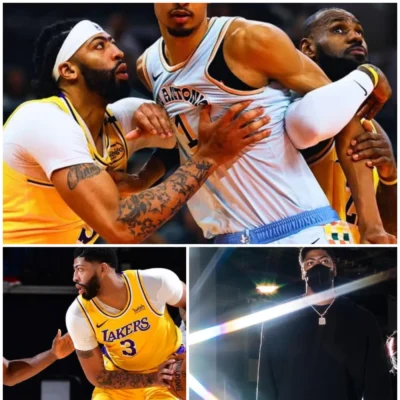



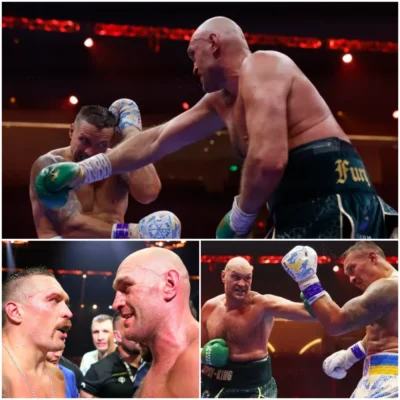
Post Comment